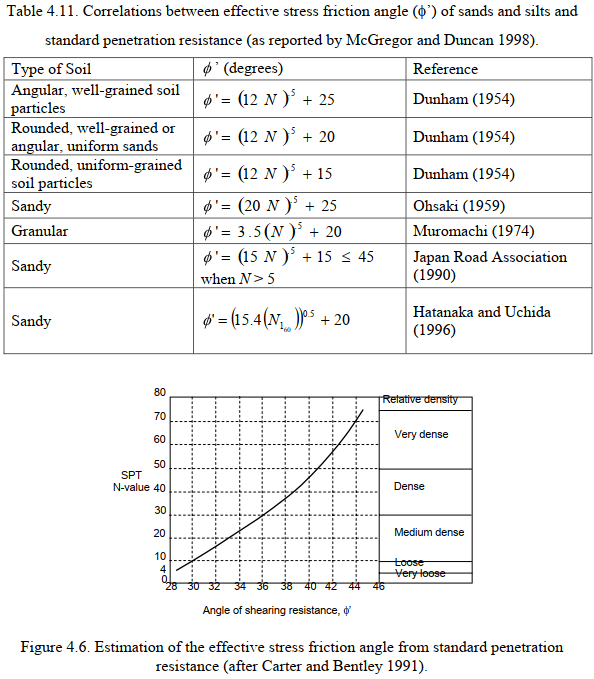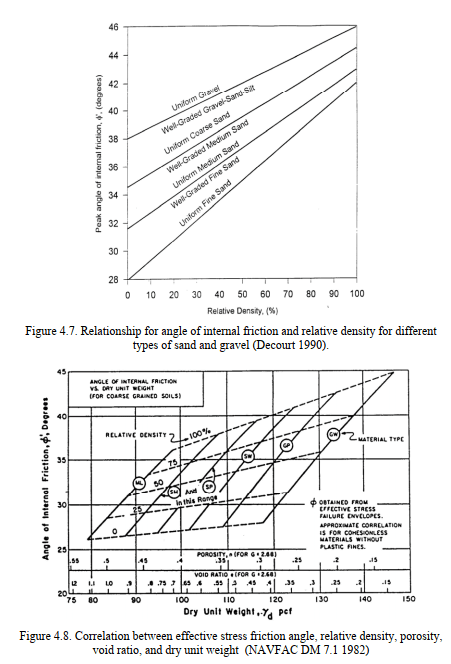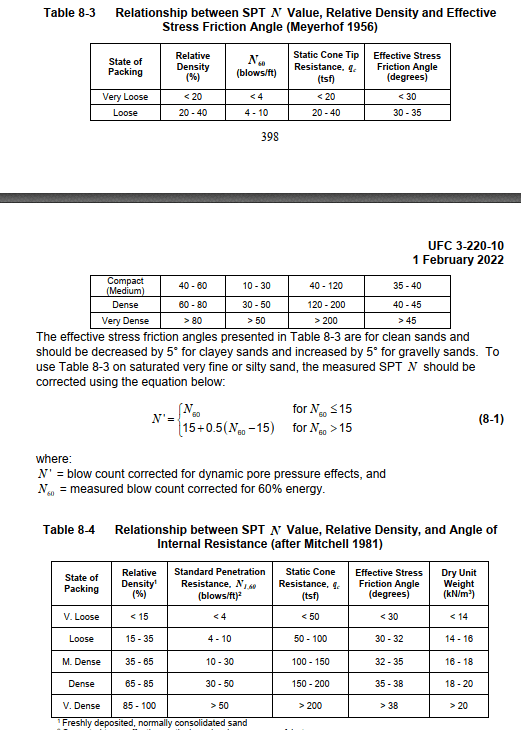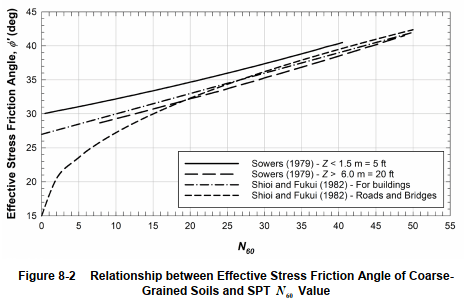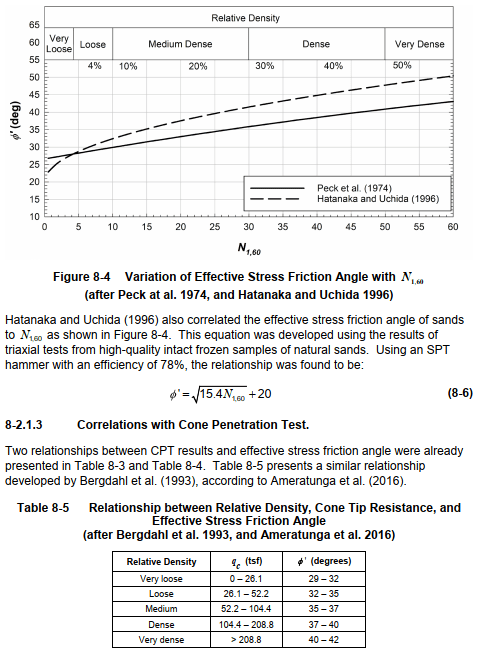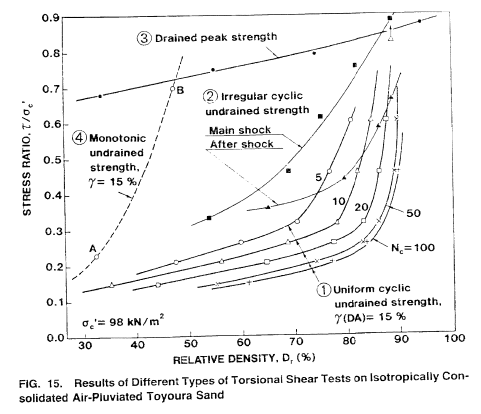ukengineer58
Civil/Environmental
Hi Interesting - or not, question. If you had a SPT of zero quoted for loose sands at depth (several metres down but in the influence zone), how would you correlate that to a friction angle or allowable bearing pressure ultimately? its a simple pad, nothing serious on it in our case. How would you go about solving that? As we cant even correct the N value for overburden - but it has several metres of soil above it of more reasonable strength.


